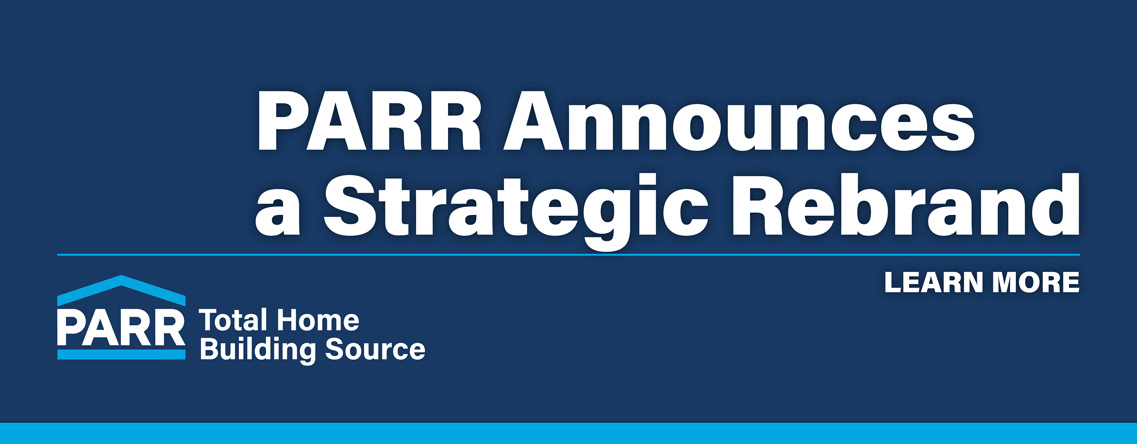As temperatures drop and homeowners feel the effects of winter, it’s common to hear complaints about cold houses, seemingly constant drafts, and dramatic increases in heating bills. The solution to these issues might be behind the sheetrock of your home. Comfort and energy savings in many homes (especially older homes) can be improved by checking the air flow around windows and doors and properly maintaining or adding high quality insulation.
Heat is a form of energy and it moves from areas of higher temperatures to lower temperatures. In the winter, heat naturally flows from the generally warmer inside of the home to the cooler exterior. The opposite occurs in warmer months. Attics and uninsulated basements are the largest sources of potential heat loss; basements can account for up to 25% of a home’s heat loss.
Insulation can greatly reduce heat loss and make the home more comfortable and energy efficient. The ability of a material to resist heat flow is called thermal resistance and is measured in R-value. The higher the R-value the greater the insulating power. There are many types of insulation and local building codes—as well as preferred builder methods—that dictate the amount of insulation and the R-value of your home.
To improve the performance of your home, visit a local building center such as Parr Lumber Company. Whether it is rigid insulation for the basement, fiberglass insulation for the attic, or foam insulation around windows, the professionals at Parr Lumber Company can explain the benefits. Products include high quality insulations such as John Mansville, Knauf, and fire resistant Roxul. Parr Lumber Company can help you determine which products will save you money and make your home more comfortable.


